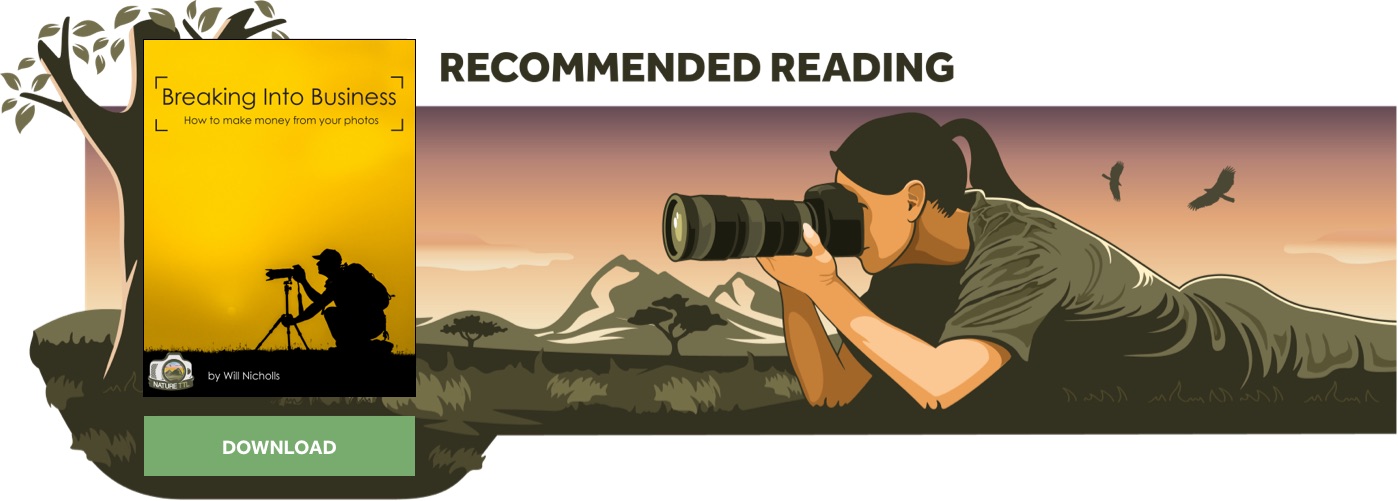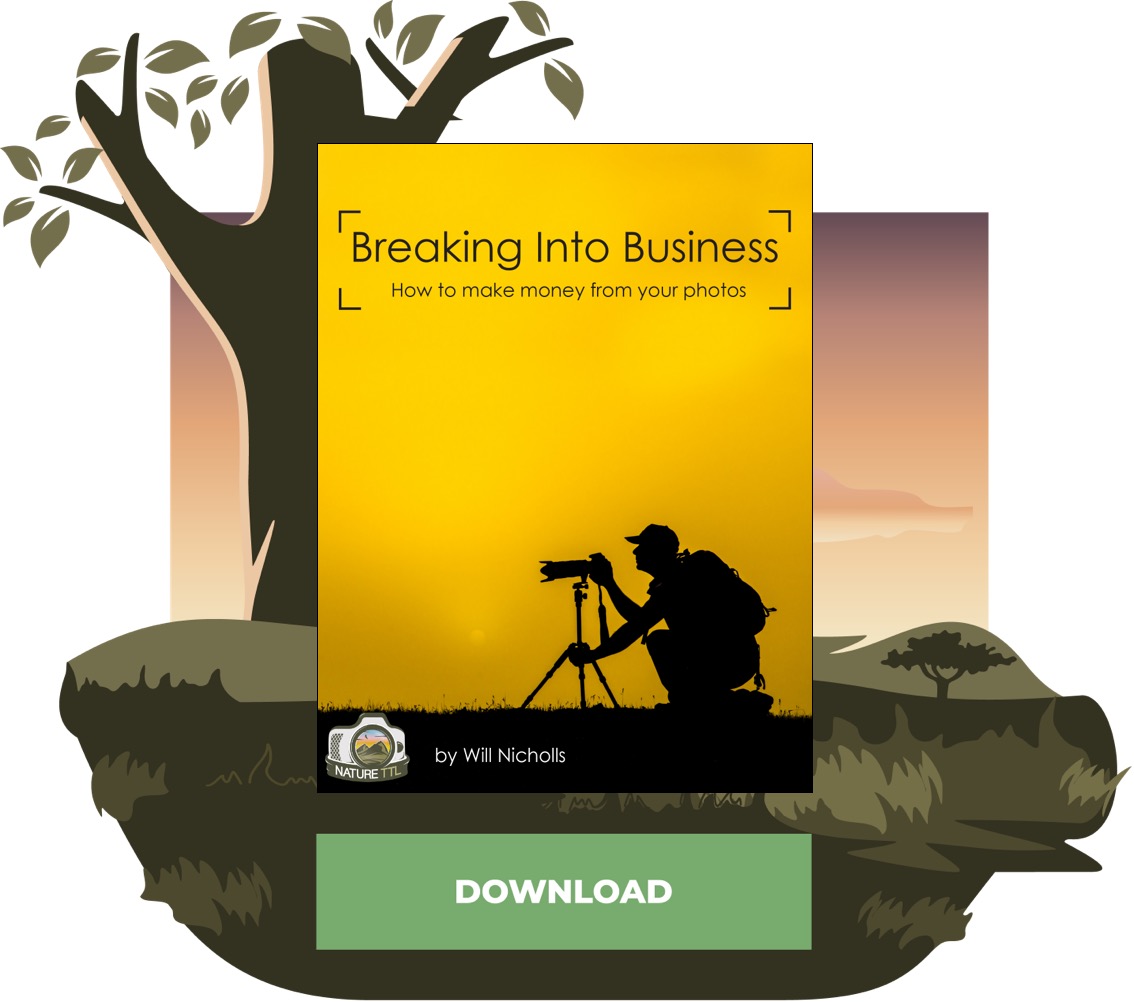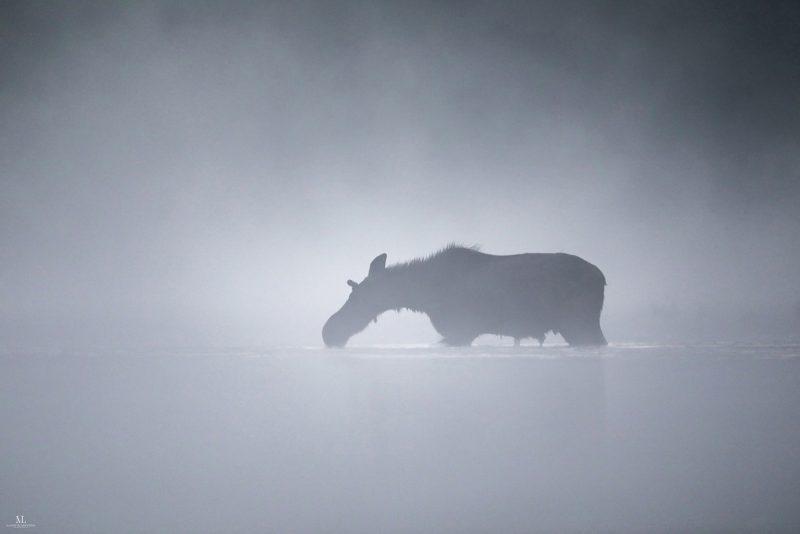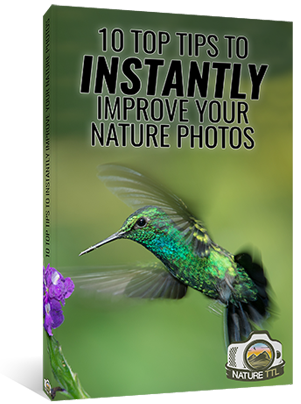Maxime Légaré-Vézina: The Secret to Beautiful Wildlife Photos

Self-taught wildlife photographer Maxime Légaré-Vézina has carved an impressive career in wildlife photography.
His passion takes him around his home country of Canada, and further afield, to photograph new species in the most beautiful ways possible.


Maxime joins us today to talk about social media, being a self-taught photographer, favourite images, and more!
What came first, a love of nature or a love of photography?
My love of nature came first when I was young.

My passion for photography came later, as I wanted to immortalise my observations.
As a self-taught photographer, what areas of photography (if any) did you find the hardest to master? Which elements do you feel really helped you to reach the next level with your nature photography?
I learned camera settings quite quickly by practising constantly, but it took me a little while to take beautiful photos and find my personal style.
At first, I was shooting pretty much everything without considering lighting and composition, but at some point I wanted to improve my photographs, so I started taking more time to analyse a scene before clicking the shutter.
How important is it to have an intimate knowledge of your wildlife subject when creating a show-stopping photograph?
I think knowledge about the species you photograph and its habitat is essential if you wish to get some great shots.

Once you know the animal and its behaviour, you will have a better sense of how to approach it and you can try to anticipate its movements. Then, you have a much better chance of getting the shot you have in mind.
Are there any ethical considerations or practices you follow when photographing wildlife?
Yes, absolutely. I always try to minimize the impact that I have on wildlife by respecting their space and making sure that my presence doesn’t disturb them.
Can you show us one of your favourite images and tell us why you chose it?
I chose the portrait of this gorgeous cross fox. It’s the most magnificent fox I’ve ever seen and there’s something magical in his look.

I’d been tracking it for days before I got a chance to see it, and when I did, he totally accepted my presence so I was able to capture this portrait. It was such a memorable moment.
Is there an animal on your photography bucket list that you are yet to photograph?
I still have a very long ‘wishlist’ of species. At the top, I have the penguins from Antarctica. I really love photographing wildlife in winter conditions and for me, they’re so gorgeous and fascinating.
It feels as though there is quite a lot of emphasis on travelling to capture impactful wildlife images. Do you have any advice for those who want to stay closer to home?
I personally love to travel to photograph some new species, but in my opinion, the best photos that I have are pretty much all taken around my hometown.

As I’ve developed such an intimate knowledge of all the places and the species here, it’s much easier to get some unique images.
My advice would be to go out, spend as much time as you can in nature, and you’ll get some great results.
What is the one piece of kit you’d recommend to all photographers who want to push their wildlife photography into high gear?
I would recommend mirrorless cameras. They have many feature that help greatly in wildlife photography, such as the eye detection and the silent shutter.
Wildlife photography is becoming an increasingly saturated space. How do you ensure originality and keep compositional ideas fresh and new?
It’s definitely not easy to create unique images.

When I’m in nature and I have a scene in front of me, I take time to think about how to get the best out of it and I always try different things.
As someone with a very impressive social media following, what are your thoughts on the future of platforms like Instagram for photographers?
As with most photographers, I’m not the biggest fan of Instagram right now as it’s been focusing on reels and barely showing much our images anymore.

However, I keep posting there because it’s part of the job, but I hope things are going to change. I hope Instagram will have better considerations for content creators, like us photographers.
If you could give our audience one piece of advice to help them progress in their wildlife photography, what would it be?
Learn about the wildlife and nature around you, spend as much time as you can in the field, and never give up, especially when you’re discouraged.
Patience always pays off!





